Visit the ruins of Dacoit Ratnakar at Gopiballavpur
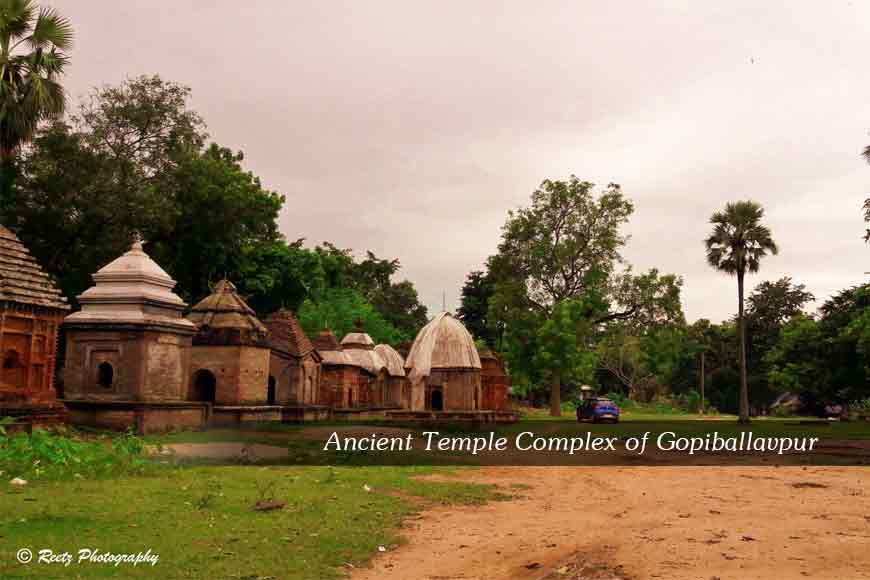
Gopiballavpur, approximately 200 kilometres from Kolkata, is a small village on the banks of Subarnarekha River, which presently falls under Jhargram district of West Bengal. But it is not just any other village. Rather it is a mysterious historic temple town, which dates back to the mythical Ramayana days. The best way to reach Gopiballavpur is on a long drive.
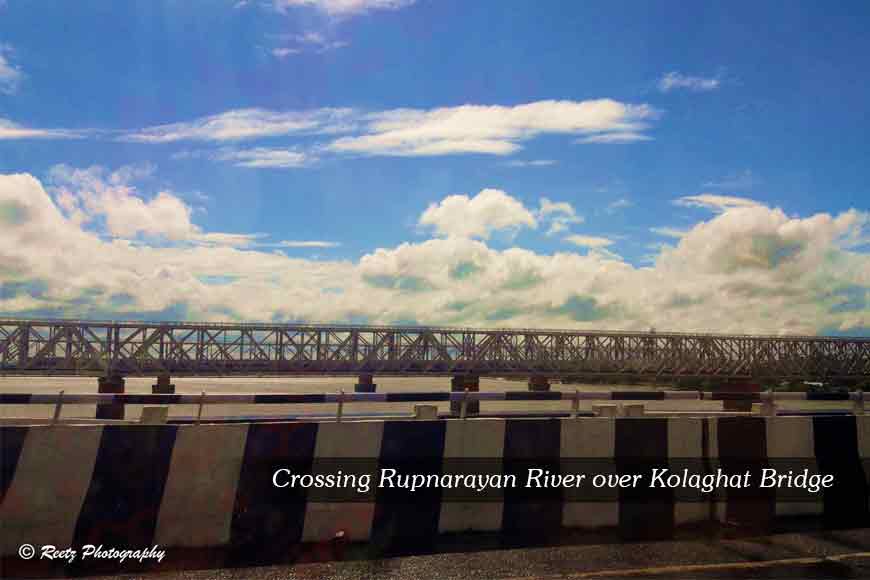
On way you can see the lush green jungle stretches of Jhargram as you drive through the Garh Salboni forest – the starting point of Lodhashuli range. A bountiful of Sal, Teak, Eucalyptus, Sonajhuri and Mahul with momentous sighting of wild Dalma tuskers, deer and Serbian migratory birds --- what more can you want? On way, you also get to see ancient temples, a deserted citadel, tribal villages and couple of dilapidated tea shops playing folk rhythms that create an everlasting feeling of pure bliss.
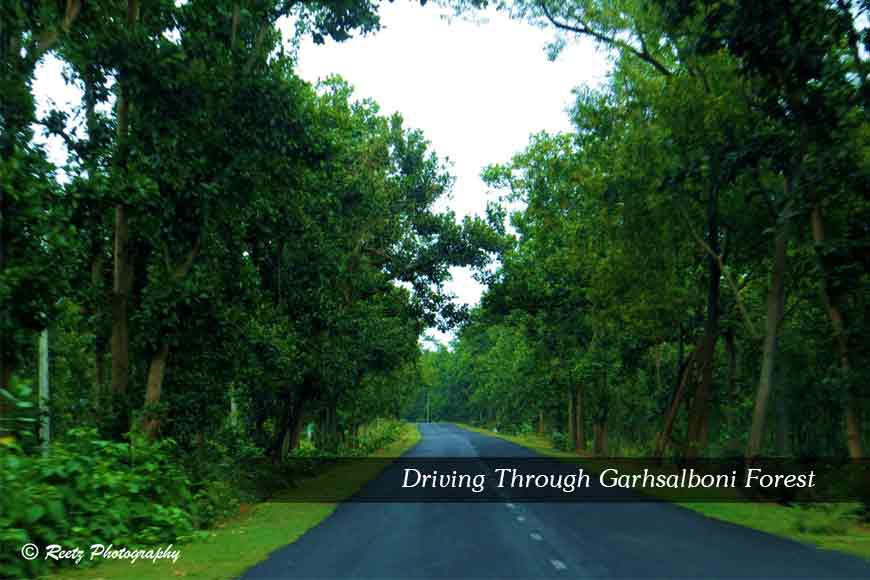
En route a tiny rural marketplace called Sardiha comes up. Even you have to cross the famous Sidhu-Kanu-Birsha bridge over the beautiful Subarnarekha River. A panoramic view of the river with fishermen boats can be best seen from this bridge – a treat to your eyes indeed. The river got its name from the golden sands which glitter brightly against the blue canvas of the sky.
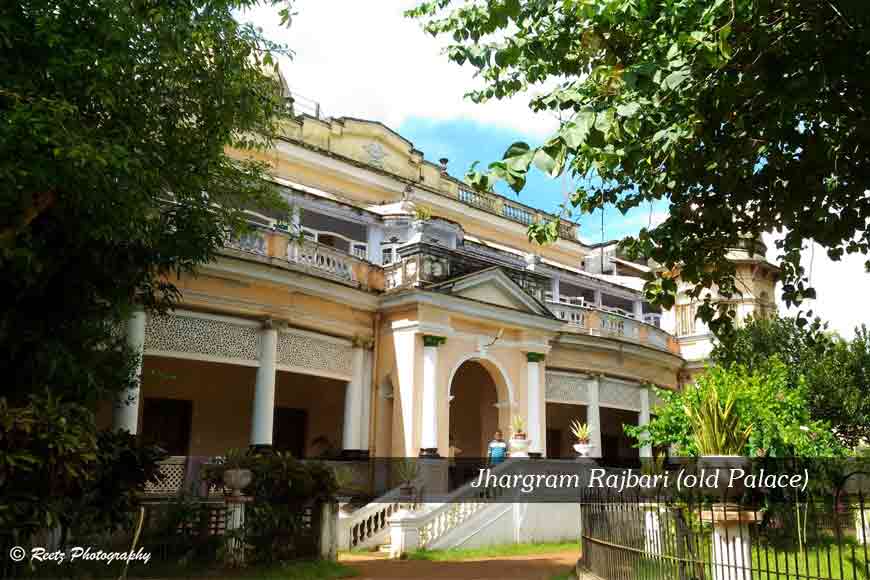
At the other end of the bridge lies the historic temple town of Gopiballavpur. There are a series of ancient temple skeletons made up of brick mortar. Amazingly, in most of them, there are no deities except a few that have Shivalingas and couple of them were dedicated to Lord Krishna and Radha. Beside the ruins, there is a beautiful garden named ‘Gopiballavpur Eco Park’ along the bank of Subarnarekha River.
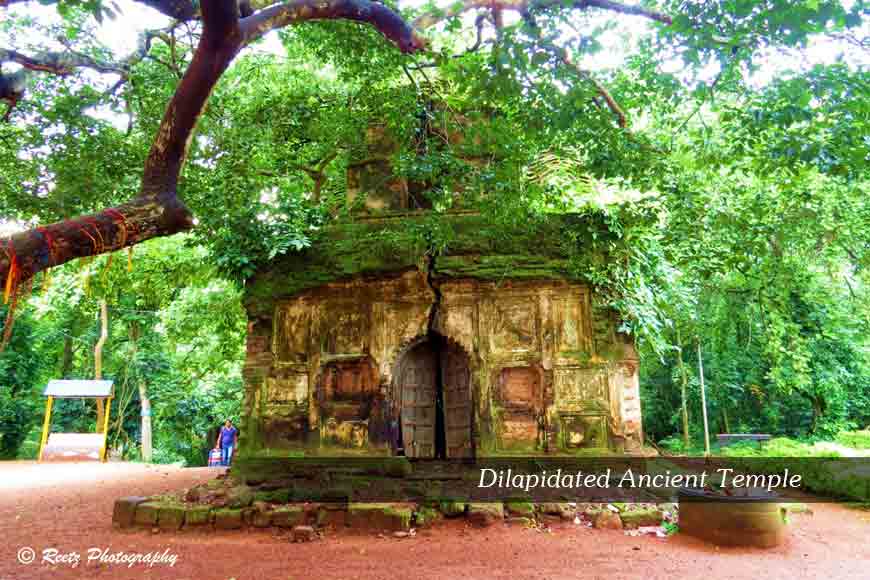
There are different schools of thought about Rishi Valmiki’s ashram in Ramayana and one of the legends say that it was right here at Gopiballavpur where dacoit Ratnakar had got enlightened to sage Valmiki after a spell of tough meditation. Through our personal experience, there were multiple anthills around the place indeed. Rishi Valmiki started writing Ramayana at the footsteps of Rameshwar Temple built by Lord Vishwakarma. Though not much information is available about this ancient temple in the pages of history, yet the architecturally rich remnants still have a series of prehistoric brick pillars and domes with Shivalingas housed inside, which again presumably bore a resemblance to the description of Rameshwar temple depicted in Ramayana.
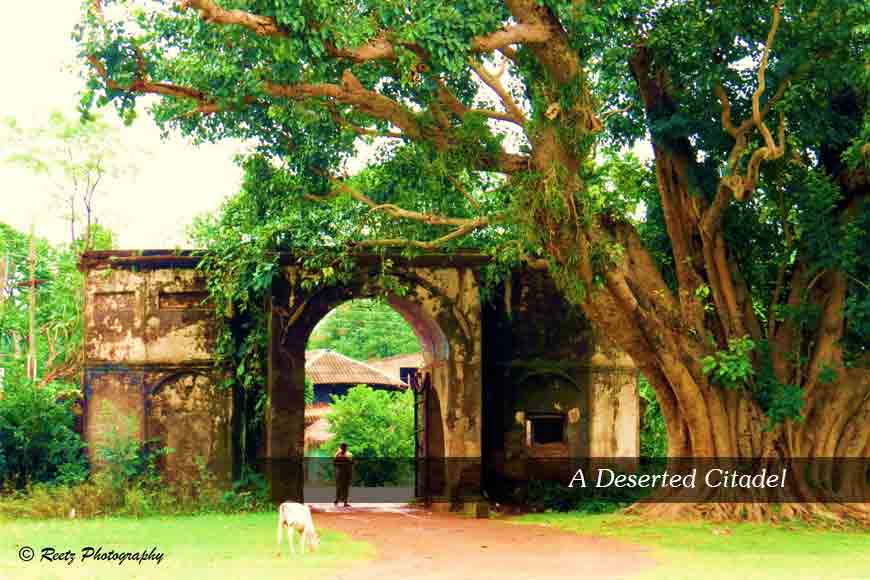
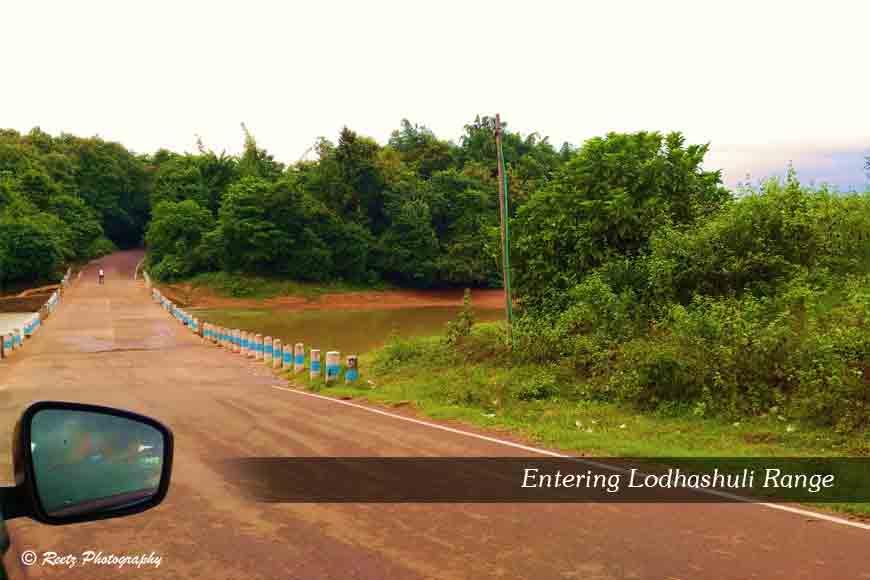
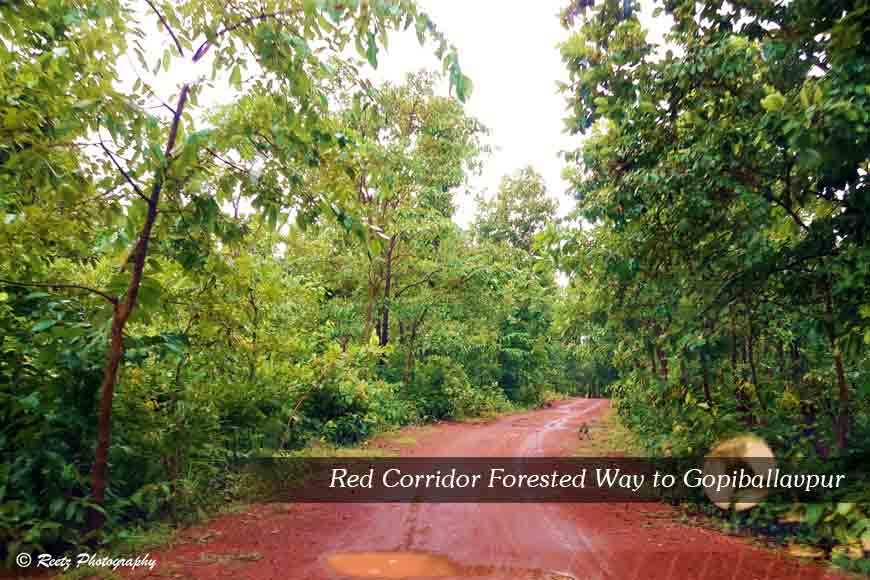
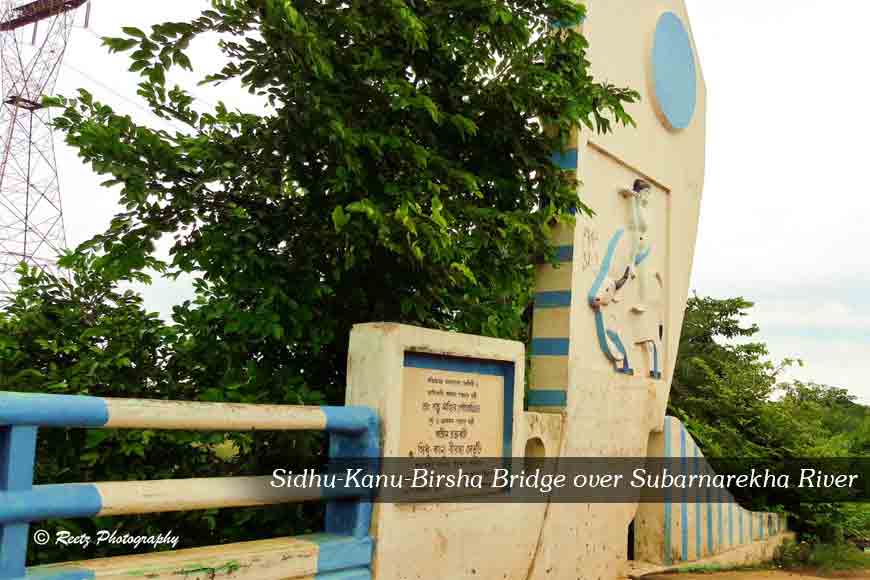
Tamasa River was perhaps the mythical name of Subarnarekha River and its descriptions match very closely to what we find in the epic. The dense canopy of forests around Gopiballavpur was the hunting ground of Ratnakar and is full of red faced monkeys, drawing resemblance to Rama’s Vanar Sena. We too encountered innumerable of them during our walk. Valmiki’s ashram was then known as Tapovan where Sita had taken refuge after been disowned by Rama. She also gave birth to her twins Luv & Kush at this place. Surprisingly, even today some of the locals refer to the holy place as Tapovan and firmly believe that Gopiballavpur relates to Ramayana in many aspects.
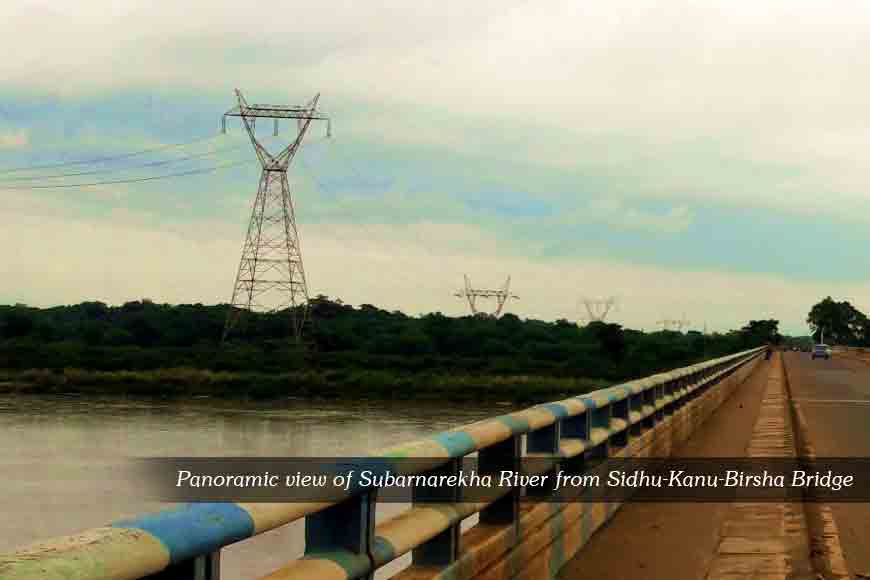
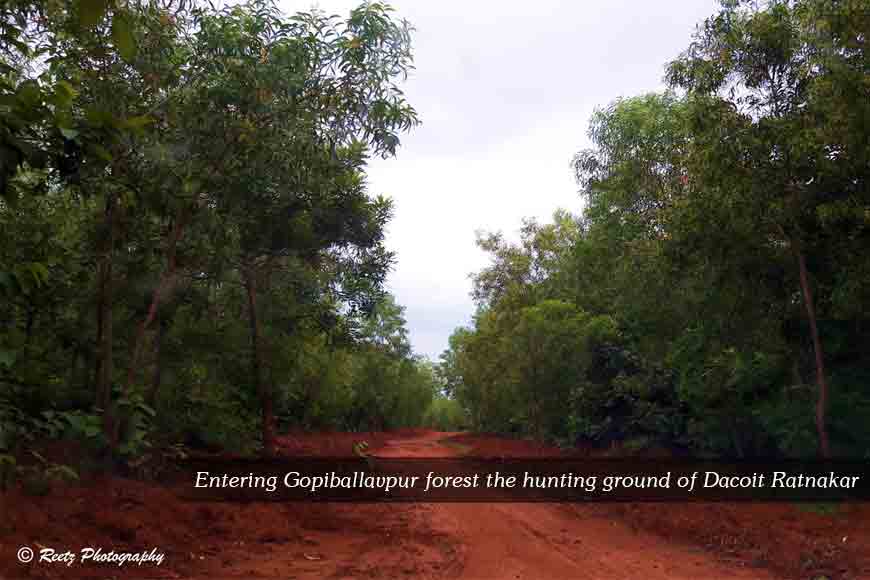
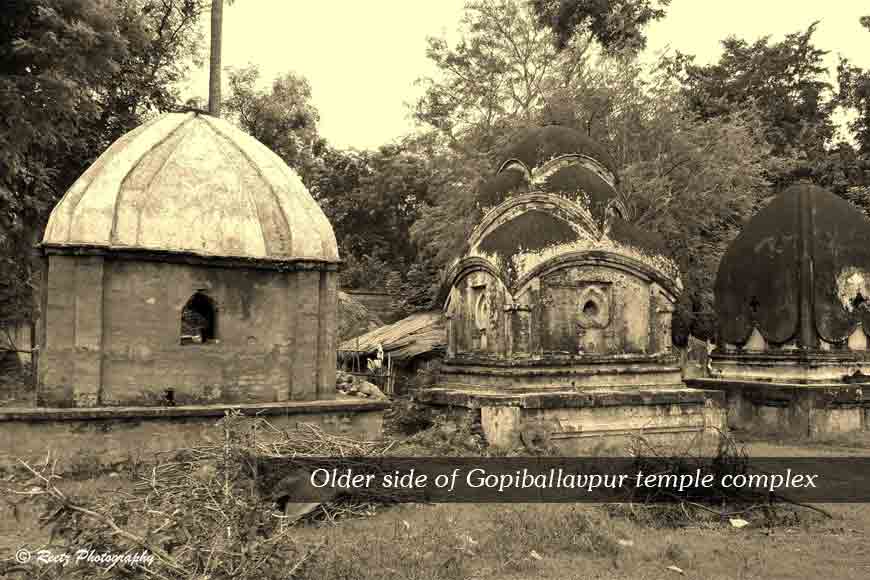
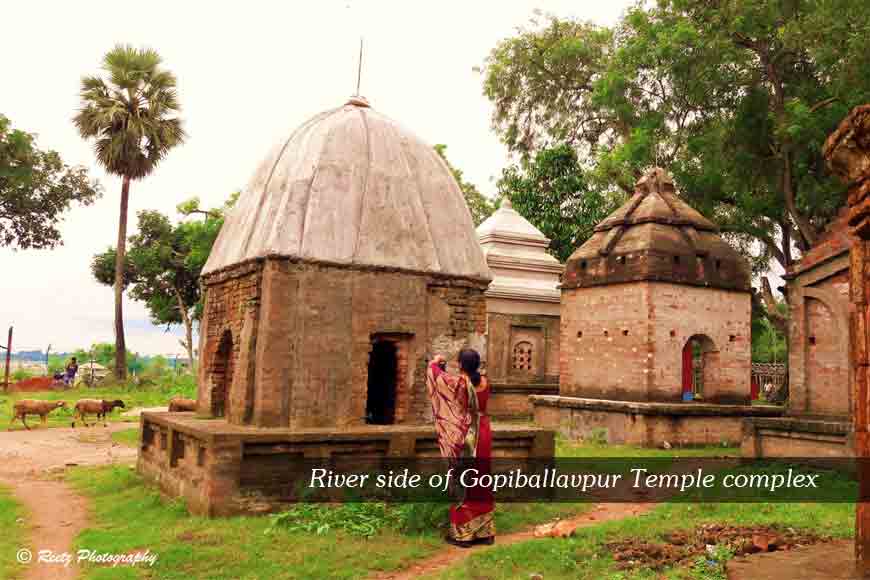
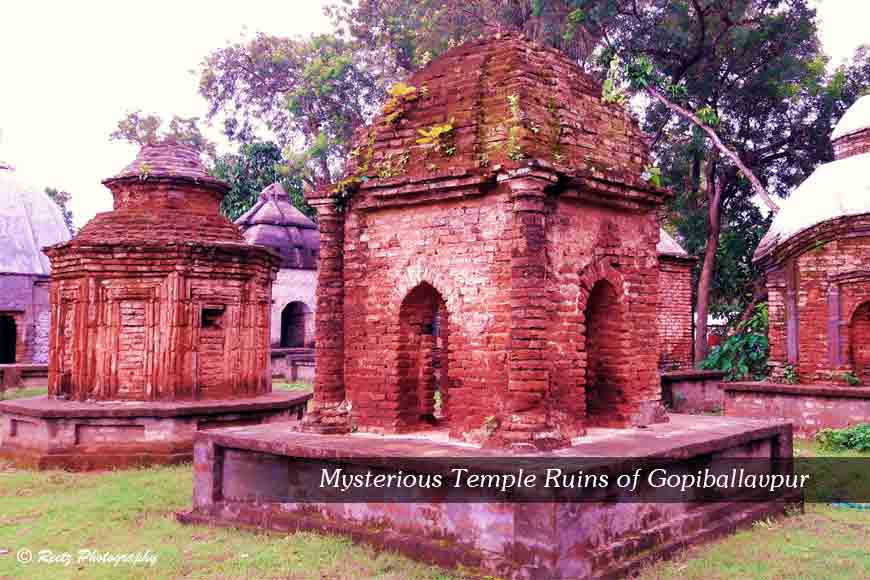
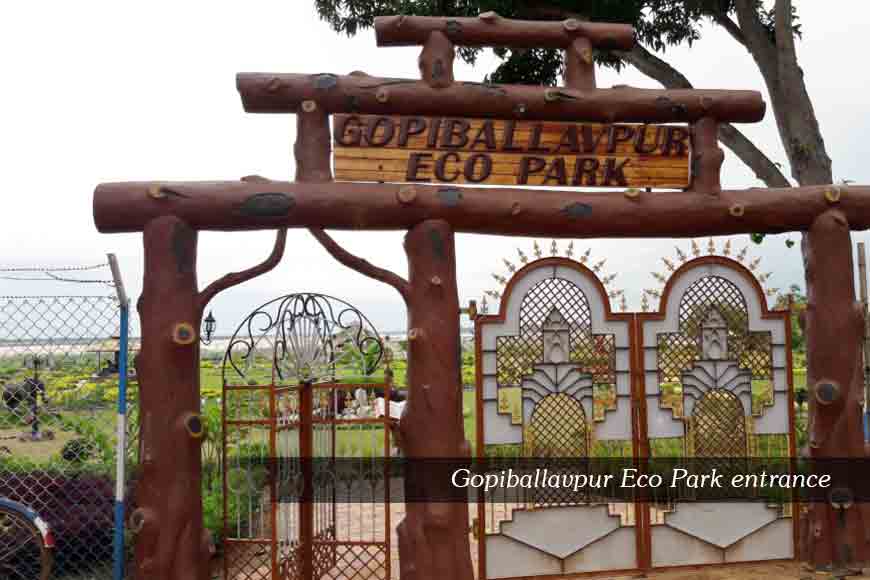
A comparatively recent belief about Gopiballavpur says it got its name from the deity Gopi Ballav (a form of Lord Krishna), established by Shyamananda Mahaprabhu during 1400 AD. Its earlier name was Kashipur, belonging to the Mayurbhanj kingdom. For years, the temple complex is managed by a Vaishnava Goswami family, headed by the Mahanta who renamed Rameshwar temple complex as ‘Gupta Vrindavan’,housing deities of Gopi Ballav, Radha Rani, Jagannath, Balaram, Subhadra and Lord Shiva. Of late, restoration work has been underway for some of the temples to preserve their archaeological significance.
Whatever be the historic or mythological truth related to this place, it did run a chill through our spine as we walked around the age-old temples of Gopiballavpur.
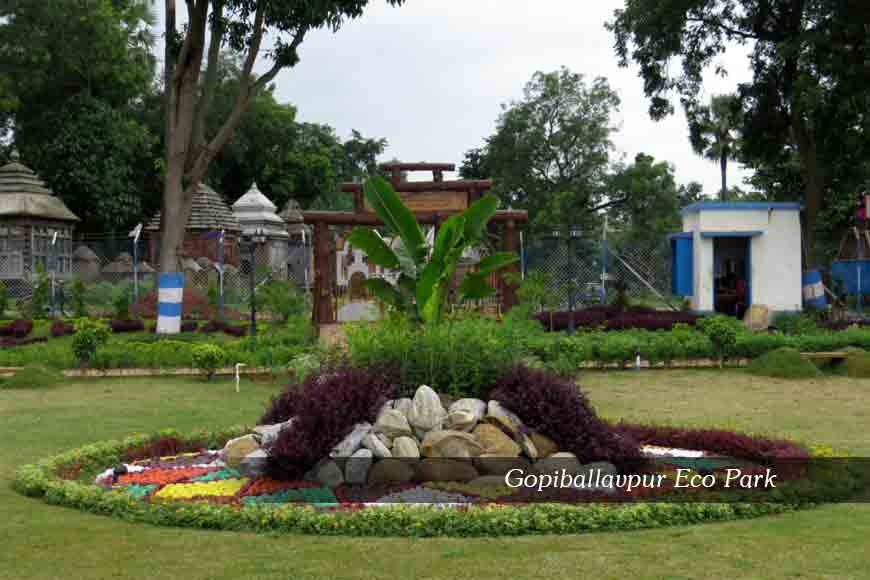
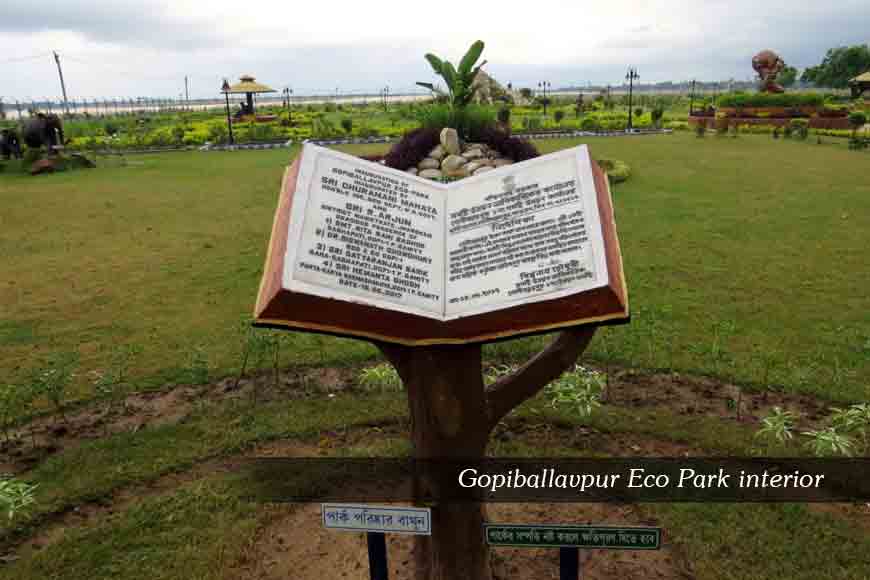
How to reach
Drive down from Kolkata along the NH-16 (popularly known as Bombay Road). Take a break at Kolaghat after crossing the bridge over Rupnarayan River. It is about a couple of hours’ drive from there. It takes around four hours to reach by road from the state capital along the Bombay Road (NH-16).
Where to Stay
You can put up at the luxurious Jhargram Palace










